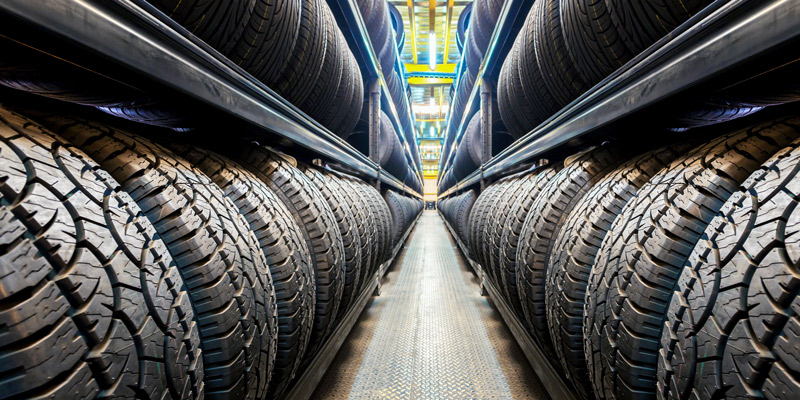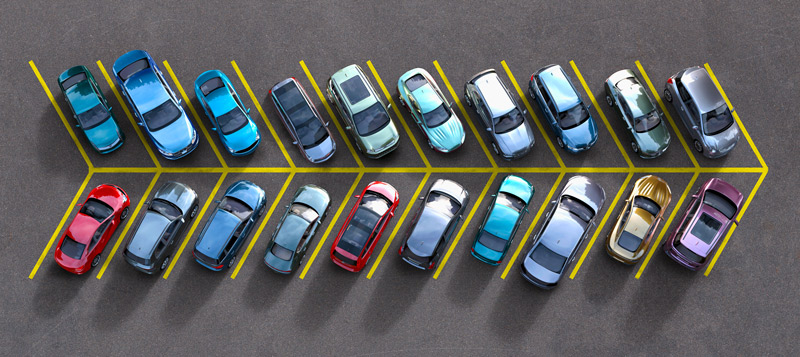Be it out of necessity or through a defiant act of anticonsumerism, the trade of used goods has increased exponentially in the last decades, especially in developing countries and countries with transitional economies. But does this mean we should compromise quality for price? Just like any factory-bought product, used goods should meet the expectations of a reasonable consumer, who has full knowledge of their second-hand status. This means they must fulfil acceptance criteria in terms of quality, product information and usage requirements, with additional details about their condition.
On the assumption that second-hand items should pose no health, safety or environmental risks beyond those generally admitted for new goods, ISO project committee ISO/PC 245 published ISO/TS 20245, which establishes minimum screening criteria for the cross-border trade of second-hand goods. This is important as it helps regulate an unruly market and diverts thousands of tonnes of unwanted materials from our landfills.
Published in 2014, ISO/TS 20245, Cross-border trade of second-hand goods, is the first global technical specification on goods that are traded, sold, donated or exchanged between countries. It specifies how to evaluate and classify products on a ranking based on their condition: A (very good), B (good), C (fair), and D (poor). These measurable criteria are destined to be used by importing or exporting parties or governments for in-transit and port-of-entry screening of second-hand goods, and will ensure that both consumers and the environment are protected.
Here, Rae Dulmage, Chair of ISO/PC 245, Cross-border trade of second-hand goods, tells us why we can shop second-hand with confidence.
ISOfocus: As the tide of previously owned goods hitting the market grows, what measures must be taken to ensure consumer protection?

Rae Dulmage: When you look at yourself in the mirror, you often don’t notice that you are ageing; the same is true of the products you use as a consumer. After years of good service, our lawnmower may now need five tries to start up, our dress suit is getting a bit shiny and our computer is beginning to run slow. Yet these are the products we buy in second-hand shops or through e-commerce Websites like Amazon or eBay. They may be a little shabby, substandard, or downright dangerous, but we buy them because the excitement of getting a “really good deal” can cause us to miss the warning signals.
Consumers and resellers need to take a hard look at the history of use and condition of the product they can obtain before they part with their cash. As customers, we should be looking out for signs of abuse, repair, general wear and tear, and improper operation. We should also demand the manuals and records of service, as well as any recalls. And some goods, especially those related to primary safety or life-safety protection, should quite simply not be re-used.
A few smart questions can help you decide whether a product is worth buying. What am I going to use it for? How long do I expect it to last? Don’t just take someone’s word for it, check under the hood. Most importantly, buy from a reputable dealer who knows what he is selling. And apply the principles of ISO/TS 20245.
How can International Standards protect consumers against unsafe and hazardous goods?
The second-hand market has brought goods like television sets, refrigerators, computers and mobile phones within easy reach of those who cannot otherwise afford them. This has created a special class of consumers who need protection against substandard and unsafe second-hand goods.
In this respect, International Standards can be viewed as buoys or marker posts that guide us against unsafe and hazardous products. They establish a set of consensus-based international and measurable criteria against which second-hand goods can be evaluated to protect consumers against risk to health and safety when purchasing such items. By being adopted in various countries and organizations, they can help consumers separate the wheat from the chaff, clearing the system of unacceptable products and bringing trust and consistency to the market.

Could you please describe how the work of ISO/PC 245 will increase consumer confidence and trust?
Currently, there are some excellent associations and organizations in the market with really good practices related to how they handle second-hand goods. This trend is certainly not universal, however, and is often tied to a regional approach. At the end of the day, the work of ISO/PC 245 is about providing the means to make those good practices universally applicable and available. If such occurs, consumer confidence and trust will be greatly enhanced. That is why it is so important that the work of the committee be embraced by all parties.
In order to assess how well ISO/TS 20245 was received, ISO launched an online survey to gather feedback from users of the standard on their views and priorities to be included in future editions of the document.
How is the feedback from this survey on ISO/TS 20245:2014 being fed into the development of the future standard?
Although the feedback has been limited, what we have received did point out the need to take into consideration the use of international product codes as well the Basel Convention, which is designed to reduce the movements of hazardous waste between nations. After much discussion, we concluded that ISO/TS 20245 should not be restricted to consumer products, but include other types of goods.
We also got comments from some members of the ISO/IEC/ITU/UNECE Memorandum of Understanding on electronic business that were helpful. As a forum that aims to facilitate world trade in the field of electronic business and promote synergy in standardization, it brought to light many areas of divergence and overlap to be addressed in the future.
Another suggestion we got was that a sample checklist would be useful. Given the move towards a circular economy, an alternative economic model whereby products are designed to be reconfigured or repurposed and leased equipment recycled back into the market, the standard needs to consider the whole life cycle. So far, it is left up to the users of ISO/TS 20245 to decide which products are subjected to the standard’s regulation.

With millions of people around the world buying used or second-hand goods, how will the future standard step up controls and oversight?
If we can fit all the requirements for second-hand goods, waste, lightly used products and sustainability in a consistent life-cycle approach, two outcomes can be envisaged. The first is that people will become aware that unsafe products have to be passed on in a safe end-to-end way, so putting something out on the curb, shipping it out of sight or dropping it off at a recycling centre will no longer be an option. The other positive fall-out is that we will have a better stream for handling used goods and, hopefully, increasing sustainability.
The committee hopes that the uptake will be expanded with the future standard. If countries enforce ISO/TS 20245 requirements as part of their import regulations, organizations integrate them in their purchasing and processing practices, and charities make them a common feature of their operations, unsafe and unreliable products will gradually be eliminated from the market and disposed of in the proper way. As for consumers, they will get safe and serviceable second-hand goods that provide value for money.

